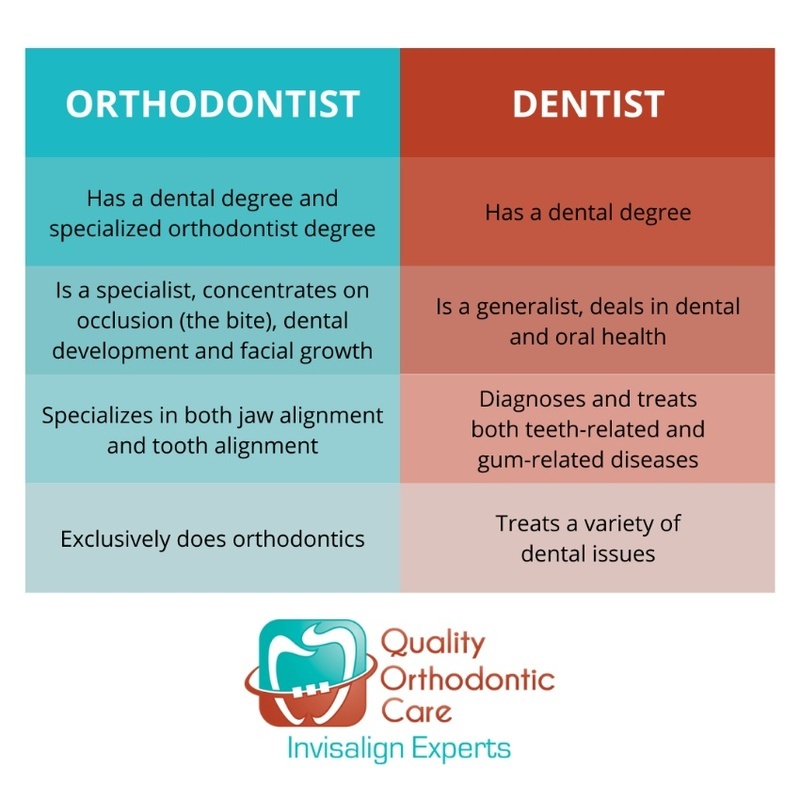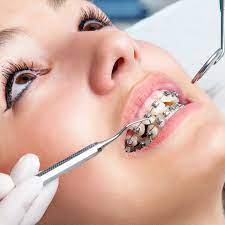The Main Principles Of Causey Orthodontics
Wiki Article
The Buzz on Causey Orthodontics
Table of ContentsThe Greatest Guide To Causey OrthodonticsThe 5-Second Trick For Causey OrthodonticsFascination About Causey OrthodonticsUnknown Facts About Causey OrthodonticsThe Greatest Guide To Causey Orthodontics
Disregarding occlusal relationships, it was common to remove teeth for a selection of dental issues, such as malalignment or congestion. The idea of an undamaged dentition was not widely appreciated in those days, making bite correlations appear pointless. In the late 1800s, the concept of occlusion was essential for creating reliable prosthetic substitute teeth.As these concepts of prosthetic occlusion proceeded, it ended up being a vital tool for dental care. It was in 1890 that the job and effect of Dr. Edwards H. Angle started to be felt, with his payment to contemporary orthodontics particularly significant. Focused on prosthodontics, he showed in Pennsylvania and Minnesota prior to directing his attention in the direction of dental occlusion and the therapies needed to keep it as a normal condition, therefore coming to be recognized as the "dad of modern-day orthodontics".

The concept of optimal occlusion, as proposed by Angle and incorporated into a classification system, allowed a change towards treating malocclusion, which is any kind of inconsistency from regular occlusion. Having a complete set of teeth on both arches was very demanded in orthodontic treatment due to the demand for specific connections between them.
The smart Trick of Causey Orthodontics That Nobody is Discussing
As occlusion ended up being the key concern, facial percentages and aesthetic appeals were neglected - best orthodontist. To attain optimal occlusals without making use of outside pressures, Angle postulated that having excellent occlusion was the very best means to gain optimal face visual appeals. With the passing away of time, it became rather noticeable that even an extraordinary occlusion was not ideal when considered from an aesthetic viewpointCharles Tweed in America and Raymond Begg in Australia (that both researched under Angle) re-introduced dental care removal right into orthodontics during the 1940s and 1950s so they could improve face esthetics while additionally making certain better stability concerning occlusal relationships. In the postwar period, cephalometric radiography started to be used by orthodontists for measuring changes in tooth and jaw position triggered by growth and treatment. It became evident that orthodontic therapy could adjust mandibular growth, leading to the development of useful jaw orthopedics in Europe and extraoral pressure measures in the US. These days, both functional home appliances and extraoral tools are applied around the world with the goal of modifying development patterns and kinds. Subsequently, pursuing real, or at the very least enhanced, jaw relationships had come to be the major goal of treatment by the mid-20th century.
The Basic Principles Of Causey Orthodontics
 Up until the mid-1970s, braces were made by wrapping steel around each tooth. https://www.atlasobscura.com/users/causeyortho7., it came to be possible to instead bond steel braces to the teeth.
Up until the mid-1970s, braces were made by wrapping steel around each tooth. https://www.atlasobscura.com/users/causeyortho7., it came to be possible to instead bond steel braces to the teeth.Andrews gave an informative interpretation of the perfect occlusion in irreversible teeth. This has actually had meaningful impacts on orthodontic therapies that are carried out routinely, and these are: 1. Right interarchal partnerships 2. Correct crown angulation (idea) 3. Right crown disposition (torque) 4. No rotations 5. Tight contact points 6. Flat Contour of Spee (0.02.5 mm), and based upon these principles, he found a treatment system called the straight-wire home appliance system, or the pre-adjusted edgewise system.
The advantage of the design depends on its bracket and archwire combination, which requires just marginal cord flexing from the orthodontist or medical professional (orthodontist services). It's appropriately called after this feature: the angle of the slot and density of the bracket base ultimately identify where each tooth is situated with little demand for additional control
Causey Orthodontics for Dummies
Both of these systems used identical brackets for each and every tooth and required the bending of an archwire in 3 airplanes for situating teeth in their preferred placements, with these bends dictating best placements. When it comes to orthodontic home appliances, they are separated into 2 types: removable and fixed. Removable devices can be handled and off by the person as needed.
Therefore, practically all modern set home appliances can be thought about variants on this edgewise device system. Early 20th-century orthodontist Edward Angle made a major contribution to the globe of dentistry. He created 4 unique home appliance systems that have actually been utilized as the basis for lots of orthodontic treatments today, preventing a few exemptions.
Causey Orthodontics - The Facts

The wire ended in a string, and to relocate it ahead, an adjustable nut was made use of, which permitted a boost in circumference. By ligation, each individual tooth was attached to this large archwire (orthodontist expert). Because of its limited variety of movement, Angle was unable to attain exact tooth placing with an E-arch
These tubes held a soldered pin, which could be rearranged at each consultation in order to move them in position. Referred to as the "bone-growing device", this device was thought to encourage much healthier bone development because of its possibility for moving force straight to the roots. Nevertheless, implementing it confirmed bothersome actually.
Report this wiki page